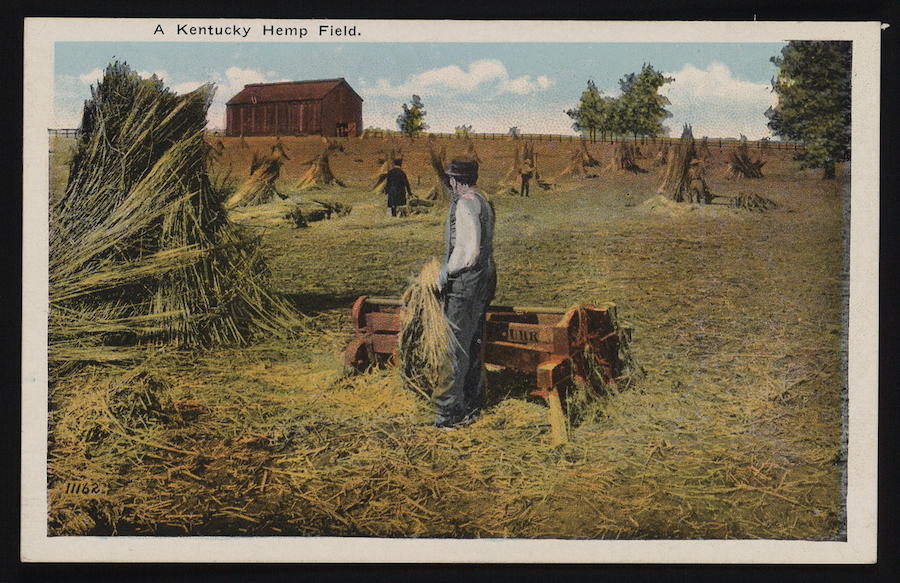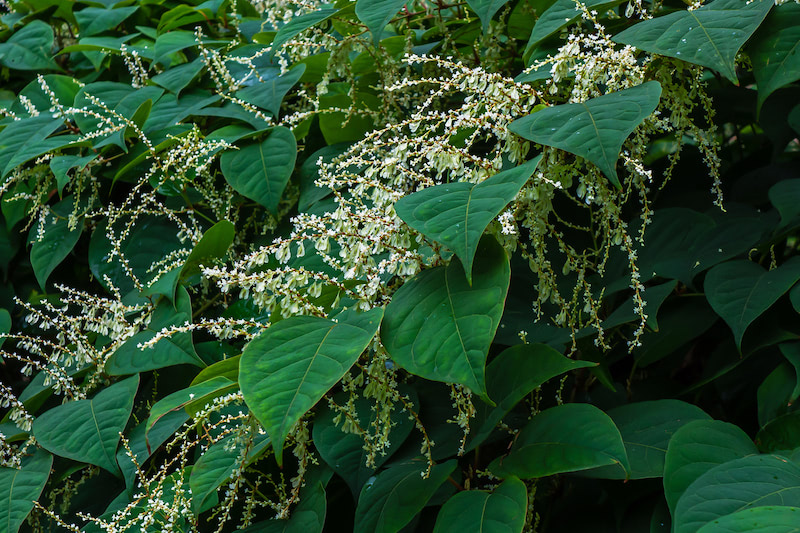Weeds and Invasive Plants: Towards a Neutral Analysis: Part 1
As we experience the 6th Extinction of flora and fauna, the Anthropocene, many animal and plant species are becoming rare, then critically endangered, and finally extinction closed that chapter. The mining of earth’s resources by human methods is causing migrations of millions of people across all continents due to various social and ecological traumas. These disruptions seem to coincide with the movement of plants as seeding, flowering, and gestation patterns are altered by climate shifts. If we consider invasive plants as migrating organisms, then we might learn to understand the information they are presenting in their silent advance. Perhaps, Nature only appears to be random.
Weeds, Migrating Plants, Lions, Tigers, and Bears
Invariably the designation of a migrating species as ‘weed’ or “invasive” or “ornamental non-native” depends on a variety of a culture’s regional or national needs. These are frequently as fickle as the hominoid species group applying them. The tolerance for a plant species, depends on several criteria :
- visual beauty
- timing of the plants’ appearance
- potential adaptive uses
- economic benefits
Let’s consider these factors.
The visual beauty of a particular plant species is a potent quality, even though it may not be edible or medicinal or produce grain for birds or fodder for animals. Particular non-native flowering plants and shrubs become cultural favorites desired for flower arrangements at milestone family events, events of government, or as oxygen-producing house plants. Their status as “ornamental non-native” is accepted. The florist prevails and satisfies. The purchaser of a red rose will probably not stop to consider if the rose is from Columbia or California. Additionally, if an introduced shrub can be used as a staple in industrial and home landscaping because it grows densely and can be sheered by any untrained summer ‘landscaper’ into a meatball or dice-cube shape, it will be crowned an ‘ornamental”. If that ornamental can be grown into a privacy hedge 12 feet high or make fail-proof animal fencing, all the better for its success at the plant nursery.

Hamilton Ohio, . Kraemer Art Co., Cincinnati, Ohio, n. d. Photograph.
https://www.loc.gov/item/scsm001043/ . (Public Domain. Library of Congress Archives)
As for the timing of a migrating plant’s appearance, plant species predominantly appear in ecosystems where the previous homeostasis has been disrupted. Invaded systems worldwide exhibit one or more of the following characteristics:
“*a disturbance in their historical, resident vegetation with slow recovery rates,
- a significant change in nutrient accumulation or dispersal, and/or
- a fragmentation of successionally advanced communities. “ (2)
Common disruptions are overgrazing as a ‘heritage’ practice, clear-cutting and ecocide spraying for monoculture tree plantations, nutrient contamination in surface and groundwater from Contained Animal Warehouse Operations (CAFOs), mine and oil field tailings and runoff, toxic gases released into the air, destruction of old-growth forests, as examples.
The designation of a plant as useful or villain may also depend on the plant’s potential adaptive uses. Consider the hemp plant. Hemp is a species of Cannabis sativa (or industrial Cannabis) and produces very low concentrations of THC, an intoxicant. Hemp was first noted in Asia and like many plants, initially traveled from the East to Western Europe then to Northern Europe via trade routes. Its historical use included clothing, shoes, paper, and oil. (3)(8) In the modern US, hemp and its THC-producing relative species were both banned in 1937. Rather than allow its agricultural production on the US mainland, the government chose to import hemp fibers from Canada, India, and China. However, after Japan cut off trade for imported hemp due to wartime operations in the Pacific, the US government reversed policy and allowed for agricultural production of hemp. (4) As a result of the Hemp For Victory campaign, hemp agriculture was encouraged through a widely distributed pamphlet and film. (5)
American farmers grew an estimated 400,00 acres of patriotic hemp between 1942 -1945. Farmers were rewarded with a generous farm subsidy paid per pound, in addition to sales income. The government approval of hemp agriculture declined after the end of WW2. Hemp was increasingly discouraged, the final commercial hemp being noted in 1957. In 1970 the hemp plant was officially returned to its former narcotics designation as a Schedule 1 substance in the Controlled Substance Act. Hemp was again imported for US industrial needs. With the passing of the initial US Farm Bill (2014) (2018) and the Hemp Farming Act (2018), hemp cultivation was again legalized. (5) Hemp clothing has returned to be a modern retail commodity. Of course, in some states, Cannabis sativa marijuana, the THC bearing plant is now legal and regulated by state governments even sold at dispensaries. Such is the discordant interplay between governments and farmers and a plant once likely to be hidden in the edge of a backlot, now possibly patrolled by security staff for growers in legal plantations. So the success of plants is often a curious blend of social conditions, government administration, and citizens adapting needs with supply.

Another plant that presents potential adaptive use is the migrating organism Japanese Knotweed. Due to taxonomist issues, its Latin name is Polygonum cupsidatum and/or Fallopia japonica.
Brought to the US as an ornamental from East Asia in the late 1800s the plant has since migrated from New York, New Jersey, and Pennsylvania sites and established in 40 US states, including the Pacific Northwest. (6) Stephen Harrod Buhner, renowned modern herbalist, writes that Japanese Knotweed, Polygonum cuspidatum is an effective anti-viral containing high concentrations of resveratrol and acts as an immunomodulator for treatment in extreme viral diseases. (7) For herbalists the timing of Japanese Knotweed’s migration is a benefit. With a health care system focused on reductionist theory and limited, often singular pharmaceutical interventions, Polygonum cuspidatum presents an alternative medicinal ally with systemic benefits for many of the deadliest viral diseases.
US land management agencies have a differing perspective to Japanese Knotweed’s establishment in riparian zones, as well as, in upland ecosystems. Aggressive applications of imazapyr-based herbicides and glyphosate, (among other ecocides) continue. In the UK, the release of the Japanese Knotweed psyllid (plant louse), Aphalara itador in established stands began in 2011, after approval by use in the EU. The US Dept of Agriculture released approval to use the psyllid as a biological control against two species of Polygonum on public land. (9) This is indicative of the conflicting perspectives on what to control and control methodology.
The justification for the removal of an unwanted migrating plant by means of ecocide which will kill many surrounding plants and endanger nearby aqueous species is perplexing. One can muse that the poisoning of stands of Japanese Knotweed, a potent curative plant preceding a world pandemic, is unfortunate, as the plant cannot be collected if systematically contaminated. This is yet another tragedy of the commons.
There are proven species removal methods that are ecologically sound and harbor no chance for unexpected harmful results:
- choking out of weeds through faster and thicker-growing crops, elimination by planting other plants, which act as repellants to certain weeds [note: such as the use of allelopathic plants]
- changing the soil by means of manure, compost, lime, and drainage.” (10)
- And of course, if the undesired plant propagates by seed, clipping plants before they bolt remove the seed pods from forming, preventing self-propagating. This may take a couple of years, but it will halt the self-seeding with less effort and without damaging healthy vegetation and surface waters nearby.
Since the appearance of a new migrant plant is an indicator of some form of invasibility, the evaluation of this vulnerability begs a careful neutral analysis. Is there some form of fragmentation of this species biome? Is there a change in nutrient supply: increase or decrease? Is there some type of disturbance and from what cause? Is some factor altering the soil temperature, salinity, precipitation? What is the expected result if the new species establishes? Does it provide bird grains in fall and winter, nectar for pollinators, or medicines? Does it seem to be usefully replacing a plant that is in decline? Is the new species on the endangered or rare plant list?
- Stephen Harrod Buhner, “Plant Intelligence and Imaginal Realm,” 2014: 64
- Tao Orion, “Beyond the War on Invasive Species,” 2015: 65
(Marcel Rejamanek, David M Richardson, P. Pysek, Plant Invasions and Invasibility of Plant Communities, “Vegetation Ecology” (2005): 332-355 - Way of Leaf.com Entry 5 Nov 2020
- Way of Leaf.com, 4 Jan /2020
- Film US National Archives Hemp for Victory download
Hemp for Victory US government film: Hemp Industries Association Channel youtube - Smithsonian Environmental Research Center website, under “invasion history.”
- Stephen Harrod Buhner, “Herbal Antivirals Natural Remedies for Emerging & Resistant Viral Infections,” 2013: 90
- Richard Mabey, “Weed: In Defense of Nature’s Most Unloved Plants,” 2010:181
- USDA Environmental Assessment, Jan 2020, Field Release of the Knotweed Psyllid Aphalara itadori (Hemiptera: Psyllidae) for Classical Biological Control of Japanese, Giant, and Bohemian Knotwees, Fallopia japonica, F. sachalinensis and F. x bohemica (Polygonaceae), in the Contiguous United States.
- Ehrenfried Pfeiffer, 2012, “Weeds and What They Tell Us”: 12

